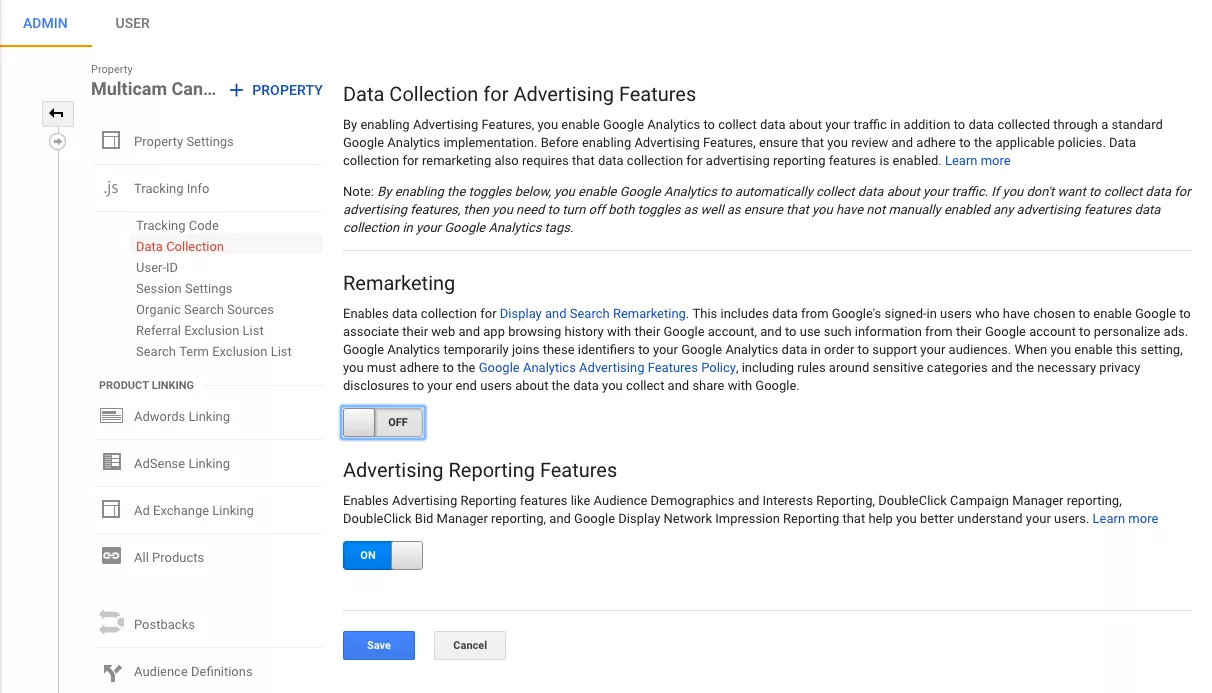A Total Overview to Remarketing In Google Analytics
Wiki Article
Harnessing Remarketing in Google Analytics: A Comprehensive Overview
Using remarketing in Google Analytics supplies organizations a critical side in getting to out to possible consumers. This overview will certainly drop light on the important steps involved in harnessing the complete potential of remarketing in Google Analytics, leading to enhanced marketing outcomes.Recognizing Remarketing in Google Analytics
Remarketing in Google Analytics permits services to strategically target individuals that have formerly communicated with their internet site or mobile app. By leveraging data from Google Analytics, companies can produce customized remarketing listings based on individual actions, such as pages seen, actions taken, or certain objectives attained. This effective device enables companies to re-engage with users who have shown passion in their services or products, ultimately boosting the possibility of conversion.Recognizing the different kinds of remarketing approaches is essential for a successful project - What Is “Remarketing” In Google Analytics?. Google Analytics uses various alternatives, including conventional remarketing, vibrant remarketing, and remarketing lists for search ads (RLSA) Each kind serves an one-of-a-kind function and can be tailored to satisfy details advertising purposes
Additionally, assessing the performance of remarketing campaigns is necessary for maximizing results. Google Analytics offers useful understandings right into the effectiveness of different remarketing methods, permitting organizations to make data-driven decisions and refine their targeting method. By constantly monitoring and adjusting remarketing initiatives based upon analytics information, organizations can optimize ROI and drive success in their advertising and marketing campaigns.
Establishing Up Remarketing Projects

After establishing up audience lists, the following action is to connect Google Analytics with Google Ads. By connecting these two systems, services can perfectly transfer target market listings from Google Analytics to Google Ads for remarketing purposes. This combination allows for more specific targeting and much better campaign efficiency.
As soon as the accounts are connected, businesses can develop remarketing projects in Google Ads utilizing the audience details previously specified in Google Analytics. These campaigns can be tailored with specific advertisement creatives, messaging, and bidding strategies to successfully re-engage with past site visitors and drive conversions. By complying with these actions, services can leverage the power of remarketing to boost their advertising initiatives and enhance ROI.
Making Use Of Audience Division Strategies
Predefined sections in Google Analytics permit you to rapidly examine usual audience classifications like brand-new users, returning individuals, or customers that completed a particular objective on your website. Customized sectors, on the various other hand, enable you to create special sectors based on specific requirements that are necessary to your business objectives. Dynamic remarketing checklists instantly readjust based on individual behavior, revealing customized advertisements to customers who have communicated with your website particularly means.
Studying Remarketing Efficiency Metrics
Upon evaluating the performance of remarketing campaigns in Google Analytics, the evaluation of crucial performance metrics gives useful insights right into audience involvement and conversion rates. By diving right into metrics such as click-through prices (CTR), conversion rates, cost per procurement (CPA), and return on advertisement have a peek at these guys spend (ROAS), marketers can gauge the success of their remarketing initiatives. Evaluating these metrics enables marketing professionals to enhance projects, refine target market targeting, and allocate budget plans properly to enhance total remarketing performance.Enhancing Remarketing Approaches
When refining remarketing methods in Google Analytics, focusing on target market division is critical for accomplishing project success. By splitting your target market into certain sections based on their behavior, demographics, or rate of interests, you can customize your ads better per team. This targeted approach raises the possibility of involving users who have already revealed view rate of interest in your services or products, bring about higher conversion rates.Another essential aspect of optimizing remarketing approaches is constantly testing and refining your projects (What Is “Remarketing” In Google Analytics?). A/B screening different ad creatives, messaging, or offers can aid you determine what reverberates finest with your target market and drives one of the most conversions. By examining the efficiency of these tests in Google Analytics, you can make data-driven decisions to enhance your remarketing efforts even more
Additionally, leveraging dynamic remarketing can significantly boost your project results. This function enables you to show individualized advertisements to individuals based on their past interactions with your site, showcasing services or items they have actually formerly checked out. By providing tailored content to users based upon their passions and habits, dynamic remarketing can help increase engagement and drive conversions.
Final Thought
Finally, taking advantage of remarketing in Google Analytics is a calculated approach to target users that have previously engaged with a web site. By producing personalized target market checklists and using audience segmentation strategies, organizations can maximize remarketing campaigns for increased conversion prices. Examining performance metrics and continuously maximizing link methods are vital for making the most of the efficiency of remarketing initiatives.Google Analytics uses various alternatives, including standard remarketing, vibrant remarketing, and remarketing lists for search advertisements (RLSA)After setting up target market checklists, the next action is to link Google Analytics with Google Advertisements. By linking these 2 platforms, businesses can seamlessly move audience checklists from Google Analytics to Google Ads for remarketing objectives.When the accounts are linked, organizations can produce remarketing campaigns in Google Ads making use of the audience lists formerly specified in Google Analytics.When refining remarketing techniques in Google Analytics, concentrating on audience division is paramount for achieving campaign success.
Report this wiki page